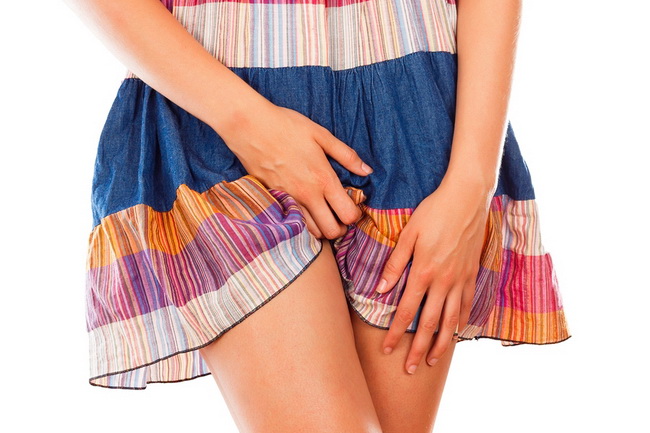- Make It Yourself Lavender Heart-Shaped Bath Bombs!
- 20 Things You Never Knew About “Down There”
- 12 Best Foods For Those Suffering From Arthritis Pain
- 12 Personal Hygiene Mistakes Almost Everyone Makes (Mom Never Told You About #4!)
- 15 Medicinal Plants And Herbs From The Cherokee People
- 12 Mind-Blowing Benefits Of Drinking Coconut Water During Pregnancy
- 12 Outstanding Winter Foods That Won’t Fatten You Up Like A Christmas Turkey
Candida Overgrowth: What to Eat and What Not to Eat to Cure It

Photo credit: bigstock.com
May people suffer from a yeast infection called Candida albicans. This is an especially troubling issue for women. This yeast occurs naturally in the body and lives in the digestive tract, as well as in the mouth and the vagina.
When women get a typical “yeast” infection, they are generally referring to this microorganism, though sometimes combined with others. This happens because there are insufficient amounts of good bacteria in the digestive system or vagina to keep the Candida in check.
Remember that at all times, every minute of the day, various forms of bacteria, pathogens, and viruses are fighting to gain control and take over your body. Our immune system is, therefore, always on guard, always on the lookout, waiting for an attack or trying to prevent one. However, if the body and/or immune system have been weakened or compromised, the immune system may not be strong enough to do its job properly.
Symptoms of chronic Candida overgrowth are fatigue, cognitive problems, skin infections that are difficult to heal, and abdominal pain. Many times these symptoms are misdiagnosed as having another cause. If left untreated, Candida can lead to a condition called leaky gut syndrome. Leaky gut occurs when Candida eventually cuts through the tissues and membranes of the intestines, which allows toxins to leave the digestive tract and enter the blood stream directly.
Candida thrives in an acidic environment. When we have an overly acidic environment, our bodies are no longer able to absorb all the nutrients, minerals, and vitamins that it could get from our foods. It also limits our production of the enzymes that helps our body digest the food we eat.
The following list will help you understand the foods you should not eat, and the ones you should, in order to kill off the overgrowth of Candida. One of the main problems with this diet is that it is very restricted. Try 30 days on this diet and see if it helps your symptoms.
Foods You Should Not Eat
1. Vegetable Oils
This includes corn, peanut, canola, soy, and sesame seed oil.
2. White Vinegar
White vinegar is made from GMO corn in a yeast culture.
3. Sugar
This includes not only regular table sugar, but the hidden sugar in processed foods, fruit juice, ketchup, and soups. Read labels carefully. You should even cut out “natural” sugars such as honey and molasses.
4. Pasta
Pasta is really not much more than flour and water. Flour means white flour, and that is another no no. Noodles are also another food to avoid. This includes ramen instant noodles, semolina, farina, Japanese noodles, and other types of white flour noodles and pastas.
5. Grains
You will need to avoid grains and prepared cereals made from grain including corn, rice, spelt, amaranth, millet, rice, and wheat. Added to this list are granola, instant oats, hominy grits, pearl barley, and cornmeal.
6. Nuts
There are a few nuts you will need to cut out of your diet: walnuts, peanuts, cashews and pistachios. These often contain mold, which is a type of fungus, which is what you are trying to kill.
7. Legumes
Avoid tempeh, tofu, textured vegetable protein and bean sprouts. You also need to avoid sweetened peas and beans, such as baked beans.
8. Baked Goods
This list includes bread, cookies, donuts, cakes, and pastries. Anything made with white flour such as bagels, pita bread, white flour tortillas, sourdough, or any bread that is made from wheat is also on this list. Also, Mochi, the sweet, unleavened bread that is made from brown rice needs to be eliminated.
Continue to Page 2
































